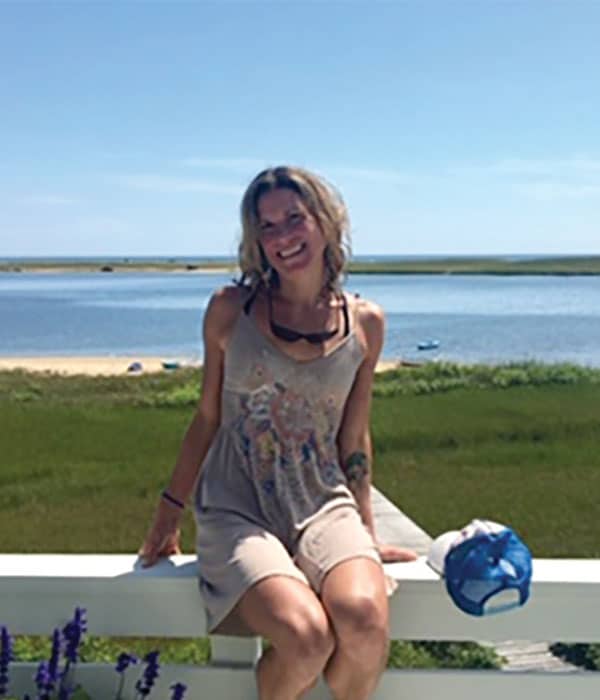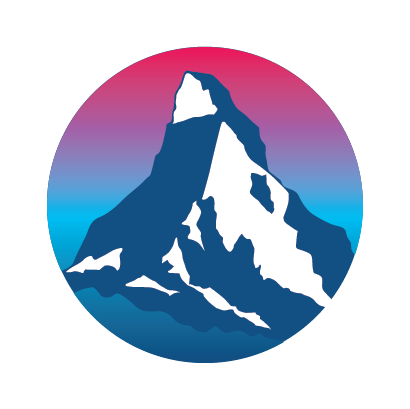 Iceland is more than a frozen world of white. Come summer, the island in Northwest Europe bursts with sublime scenery. Home to more than 600 species of moss alone, lush fields of tundra glow emerald green and waterfalls gush. With round the clock daylight, the only drawback to temperate June and July is minimal viewing of the Northern Lights.
Iceland is more than a frozen world of white. Come summer, the island in Northwest Europe bursts with sublime scenery. Home to more than 600 species of moss alone, lush fields of tundra glow emerald green and waterfalls gush. With round the clock daylight, the only drawback to temperate June and July is minimal viewing of the Northern Lights.
Volcanically and geologically active, Iceland is the youngest landmass on the planet. It’s 3,000-plus miles of curvy coastline is chiseled by dramatic fjords, extensive cliffs and black lava beaches. From the North Atlantic, the terrain pitches up into long-stretching plateaus, then gradually gains elevation to the interior’s snowy, glaciated summits – save these for a winter ski trip!
Iceland is 40,000 square miles in size, but with only 330,000 people it’s Europe’s most sparsely populated country. From crashing waves to frozen heights, the Westfjords dramatically shape the northwestern coast of the island. Highly untracked, it’s a dreamy destination for nature-lovers. From fishing villages to national parks, relax after a day’s activities in the country’s countless hot springs and thermal pools.
Settled in 874, Iceland’s culture is as strong as its coffee, schnapps and salt-cured fish with rich music, art and literary traditions. Iceland’s also cutting edge. Along with its Scandinavian neighbors, it’s one of the most progressive society’s in the world, ranked fifth for female empowerment by National Geographic Magazine.
Outside the Arctic Circle, though high in latitude, Iceland is within the Gulf stream so summer weather is mild. Ryder-Walker capitalizes on the magical month of July with a seven-night, eight-day trip to the Westfjords complete with hiking, boating and quaint towns.
Meanwhile, animals thrive in the barren wilderness. Arctic foxes roam casually on beaches, whales surge to the sea’s surface along the rugged shore. Puffins, puffins, puffins: alive on the coast, broiled on the dinner plate. From ancient folklore to the indefinable music of Bjӧrk, Iceland is more eclectic than expected.
Treks: beaches, fjords, hillsides, glaciers
 High in latitude, but on the outer edge of the Arctic Circle, Iceland is within the Gulf stream and summer weather is mild. Three hours northwest of Reykjavik, hit the trails of Snæfellsjӧkull National Park, named after its ice-capped volcano seen from the capital city on a clear day. Other fascinating geology includes black sand beaches, lava fields, Sӧnghellir (the singing cave) and Rauðfeldargá (the hidden waterfall).
High in latitude, but on the outer edge of the Arctic Circle, Iceland is within the Gulf stream and summer weather is mild. Three hours northwest of Reykjavik, hit the trails of Snæfellsjӧkull National Park, named after its ice-capped volcano seen from the capital city on a clear day. Other fascinating geology includes black sand beaches, lava fields, Sӧnghellir (the singing cave) and Rauðfeldargá (the hidden waterfall).
Ferry to the Westfjords for a classic hike to Bjargtangar lighthouse. Europe’s westernmost point, the 9-mile long cliffs of Látrabjag is home to millions of sea birds including puffins, guillemots and razorbills. Picnic on the golden sands of Rauðasandur beach, followed by a dip in the relatively warm water.
The renowned Dynjandi waterfall is the uppermost of seven cascading to the sea in a unique triangular pattern. Allow an hour to reach the top, soaking in 350-feet of surging water. Then off to more awe-inspiring, deserted fjords in the region.
The Hornstrandir Nature Preserve, on the same-named northernmost peninsula, is accessible only by boat. Iceland’s most isolated wilderness hosts 260 different flowering species from seldom-seen sea pea at the beach to rare ferns in the upper meadows. A day-hike delivers abundant animal sightings from seals to arctic foxes and views of the immense, snow-laden Drangajӧkull glacier – the fifth largest in the country – hovering behind.
Towns: fun in the land of the midnight sun
 Bicycling is a great way to tour Reykjavik, population 128,000. Start at Hallgrímskirkja church with its linear lava rock-inspired architecture.Then head to the old harbor for music and more at the Harpa concert hall. The National Gallery museum showcases the Nordic nation’s long love of art.
Bicycling is a great way to tour Reykjavik, population 128,000. Start at Hallgrímskirkja church with its linear lava rock-inspired architecture.Then head to the old harbor for music and more at the Harpa concert hall. The National Gallery museum showcases the Nordic nation’s long love of art.
Meet your Ryder-Walker guides for dinner, rest the night in Reykjavik then head southwest to the Westfjords, a region covering one-third of Iceland’s coastline. On the south shore of Snæfellsnes peninsula, enjoy two nights at a boutique luxury hotel 30 minutes from the national park with ocean views and satisfying gourmet meals.
A popular excursion outside the city is The Golden Circle. This is a 180-mile driving route that visits the North American and Eurasian continental plates, the geysers of Haukadaulrs and the ancient Icelandic Parliament, plus waterfalls, thermal pools – the Blue Lagoon – and hot springs.
The Westfjords covers one-third of Iceland’s coastline and is dotted with quaint fishing villages like Hellnar on the Snæfellsnes Peninsula and Patreksfjörður to the south, population 660. Nestled between fjords and huge peaks, Ísafjörður is the largest town, population 2,600. Its center includes old timber and tin-clad buildings, a bustling harbor, classy hotels, cool cafes and restaurants serving fresh-caught fish.
Once a whaling station, Hesteyri, is small settlement with a campground and cottages. Hesteyri accesses the untouched wilderness of Hornstrandir Nature Preserve. A memorable night’s stay at a family-run B&B, built in 1901, operating since 1997, celebrates traditional Icelandic food and music. Accommodations are simple and clean, but the experience is brimming with Icelandic charm.
Food: A smӧrgåsbord of flavors
 Eating in Iceland revolves around fish, lamb and dairy. Modern-day greenhouses have put more produce on plates. Food is generally simple and fresh from the Atlantic’s icy waters or the grassy fields of the countryside. Traditional dishes like skyr, a cultured dairy product with the consistency of Greek yoghurt, are eaten all day with various flavors from vanilla to licorice. More controversial dishes include horse, hákarl (fermented shark), whale, and puffin, a local delicacy broiled and served whole.
Eating in Iceland revolves around fish, lamb and dairy. Modern-day greenhouses have put more produce on plates. Food is generally simple and fresh from the Atlantic’s icy waters or the grassy fields of the countryside. Traditional dishes like skyr, a cultured dairy product with the consistency of Greek yoghurt, are eaten all day with various flavors from vanilla to licorice. More controversial dishes include horse, hákarl (fermented shark), whale, and puffin, a local delicacy broiled and served whole.
Breakfast consists of pӧnnukӧkur (Icelandic pancakes). These are open-faced sandwiches with lox or meat and strong coffee. Coffee is drunk throughout the day, after meals and at local cafés. And for lunch, try flatkaka, a rye flat bread with mutton paté, butter, cheese, pickled herring or smoked lamb. Or pick up a Pylsa – the much-loved hot dogs are best “ein með ӧllu,” (with the works) of crispy onions, brown mustard and creamy remoulade.
Dinner is the main meal. Seafood is key to Icelandic cooking, especially cod, haddock, salmon herring and halibut. It is prepared either smoked, pickled, boiled or dried. Humar, Icelandic lobster, is a must-try as well as Plokkfiskur, a potato and white fish stew.
Lamb is the most common meat. Lamb is typically smoke-cured or salt-preserved, including many traditional dishes of less sought-after parts like head or offal. This is served with potato, pickled cabbage and rye bread. Kjӧtsúpa, is a soothing lamb soup. This is made from slow-cooking tough cuts like the shoulder.
Icelanders like to drink – perhaps to survive winter’s darkness. And Brennivín is the nation’s no-nonsense signature schnapps made from distilled potatoes and flavored with caraway seeds, nicknamed svart dauði, “Black Death.” Also, vodka and pilsner beer are also popular. Bjórlíki – a prohibition beverage from when beer was banned (1915-1989) – is a mixture of the two.
Learn more about our Iceland: The Remote Westfjords guided trek.









Comments are closed.